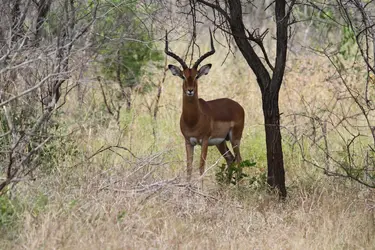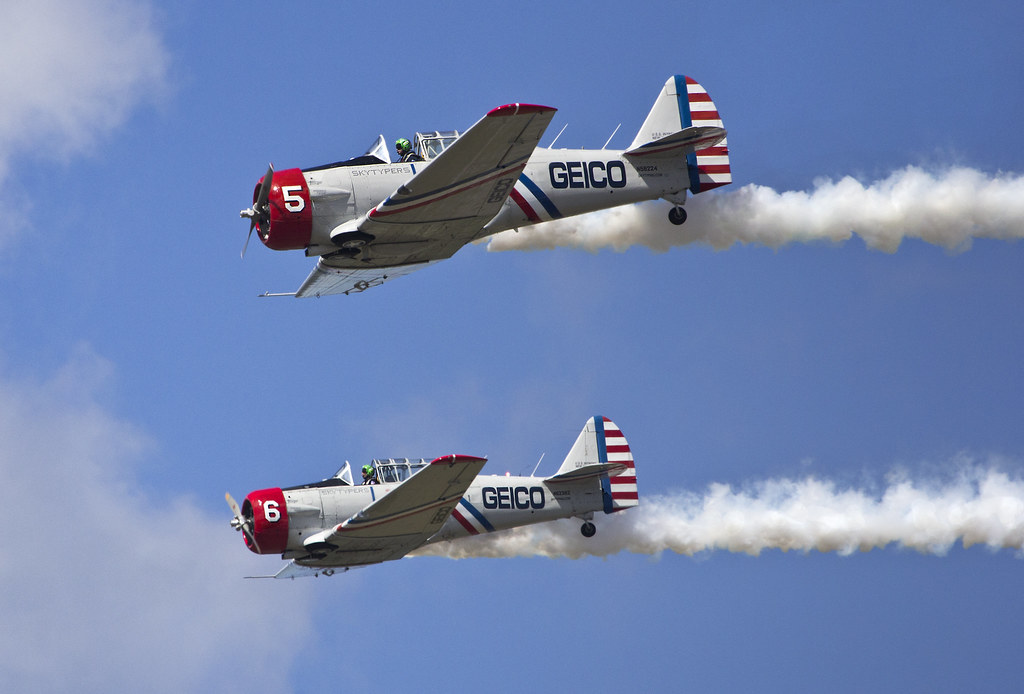Giraffe
1/4000 6.3 640
AP
400mm
Drive single shot
Impala
1/1000 7.1 400
300mm
AP
Single shot
Vulture
1/2500 5.6 500
AI
Single shooting
Hi Fishing, like Jaca I have the 100-400, I would say that with the settings you used and the lighting conditions you were shooting in these are about what I would expect.
Lets start with your settings, you are shooting wide open or close to it in Aperture Priority mode, now, every good wildlife photographer is able to use their lens wide open and get good images... when the conditions require it or they are trying to isolate the subject from the background. Shooting in aperture priority is giving you unnecessarily high shutter speeds and ISO for your subjects, they are big and don't move fast so I would either shoot in full manual or TV with equal parts SS and ISO starting around 400 (your max focal length to eliminate camera shake). This will allow you to stop down and get a deeper DOF/more leway with keeping your subject in focus.
Drive/single shot, is ok but I prefer high speed multiple, this way you can fire off another shot quickly if the critter moves or does something neat.
AI focus mode, not bad for these slower moving large targets but I prefer AI Servo, AI mode kiiiinda switches modes if your subject moves, it unlocks focus from single shot if it does move but AI servo tracks your subject and can compensate for a lot of little things like your motion, it's motion etc...
Metering I didn't check but judging by your Impala you are in an evaluative mode, a good mode is spot metering on your subject, it is the most important part of the picture and should have the best exposure, your Impala is in shade and the background is brighter than it is, the camera evened out the exposure to compensate and the Impala ends up a little underexposed. Metering mode is less important when shooting in Manual mode but it is quite important when shooting in shooting modes like TV and AV.
Now, having said that the A number one MOST important part is the light you are shooting in. all of these are shot under blue skies likely around midday, shadows on the giraffe are almost straight down giving you no depth and contrast to give you that sharpness and "body" in the fur of your critter. When shooting in harsh daylight especially midday things flatten out, shadows darken and block up and you lose "detail" that is created when your light is either filtered by light cloud cover or directional light from shooting early or late in the day. Always pay attention to the direction your light is coming from and whenever possible position yourself so the light is hitting the side of the critter your are shooting from, don't backlight/position the critter between you and the light source, things will get muddy FAST.
And on that note I'm getting more coffee! Hope this helps!








![[No title]](/data/xfmg/thumbnail/35/35947-ab35bfc67d8e12ce65dda301d3bf2b66.jpg?1734167744)










